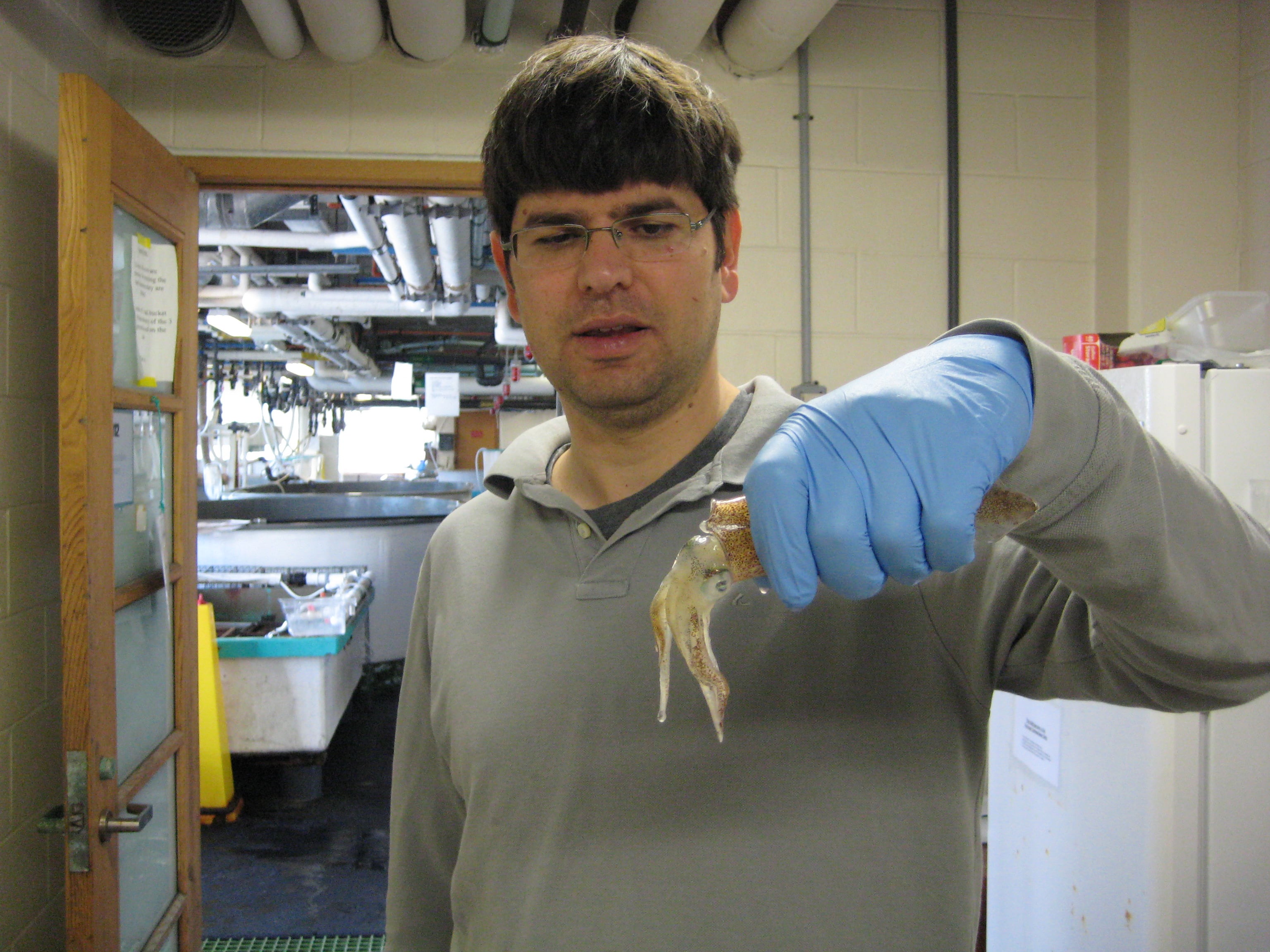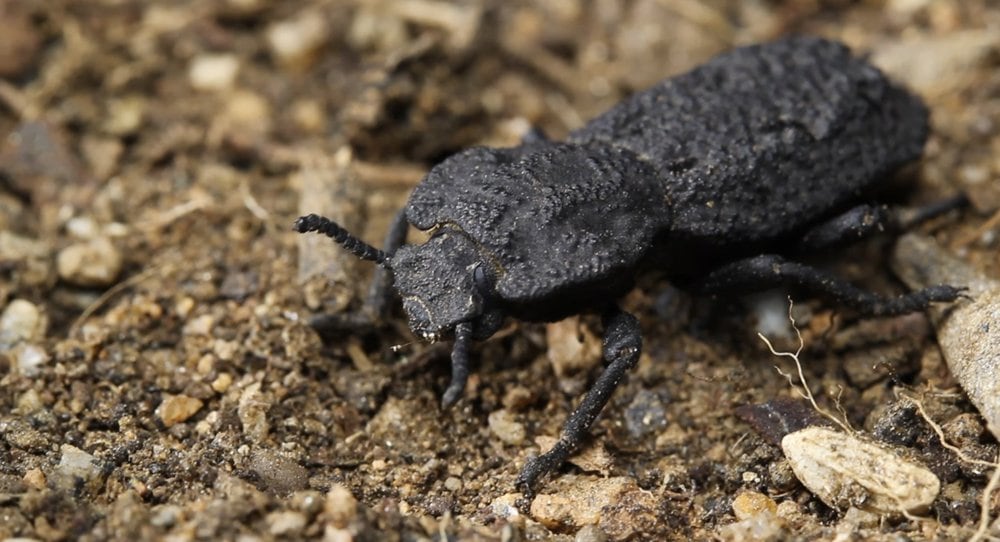Comic strip legend Pvt. Beetle Bailey resisted his platoon sergeant’s efforts at soldiering for 70 years by outwitting his hapless nemesis through a variety of schemes and dodges.
Now his insect namesake — the “diabolical ironclad beetle” — is teaching Air Force researchers new ways to resist outside pressure.
The beetle’s crush-resistant armor holds secrets that could unlock new ways of making armor or designing stronger airplane materials.
RELATED

The beetle study is part of an $8 million project funded by the U.S. Air Force to explore how the biology of creatures can provide solutions to military technological challenges.
“We’re trying to go beyond what nature has done,” said David Kisailus, a materials scientist and engineer at the University of California, Irvine, and co-author of a recently published study on the beetle in the journal “Nature.”
Researchers used electron microscopes and CT scans to examine the beetle’s exoskeleton and learn what made it so strong.
“Natural materials, for example those found in bones, teeth and shells, often have exceptional mechanical performance, combining properties such as strength, toughness and self-healing capabilities in ways that cannot be achieved in conventional engineering materials,” the authors wrote in the Nature article.
The jigsaw-like construction of the Southern California-woodland beetle’s shell gives it the ability to stand up to compression as much as 39,000 times its weight.
That’s the equivalent of a 7.8 million-pound crush on a 200-pound person.
When compressed, they found the structure fractured slowly instead of snapping all at once.
“When you pull them apart,” Zavattieri said, “it doesn’t break catastrophically. It just deforms a little bit. That’s crucial for the beetle.”
And beetles are not the only organisms that have developed novel approaches to resistance.
The Air Force program has also funded similar efforts looking at how research into animals such as mantis shrimp and bighorn sheep could help in the development of impact-resistant materials.
Kisailus and his fellow researchers are looking at the shrimp because, “The ancient crustaceans are armed with two hammerlike raptorial appendages, called dactyl clubs, that they use to bludgeon and smash their prey,” according to a UCI release.
Those fists can accelerate from its body at more than 50 mph and deliver blows but remain undamaged.
“Think about punching a wall a couple thousand times at those speeds and not breaking your fist,” Kisailus said in the statement. “That’s pretty impressive, and it got us thinking about how this could be.”
The Associated Press contributed to this article.
Todd South has written about crime, courts, government and the military for multiple publications since 2004 and was named a 2014 Pulitzer finalist for a co-written project on witness intimidation. Todd is a Marine veteran of the Iraq War.




